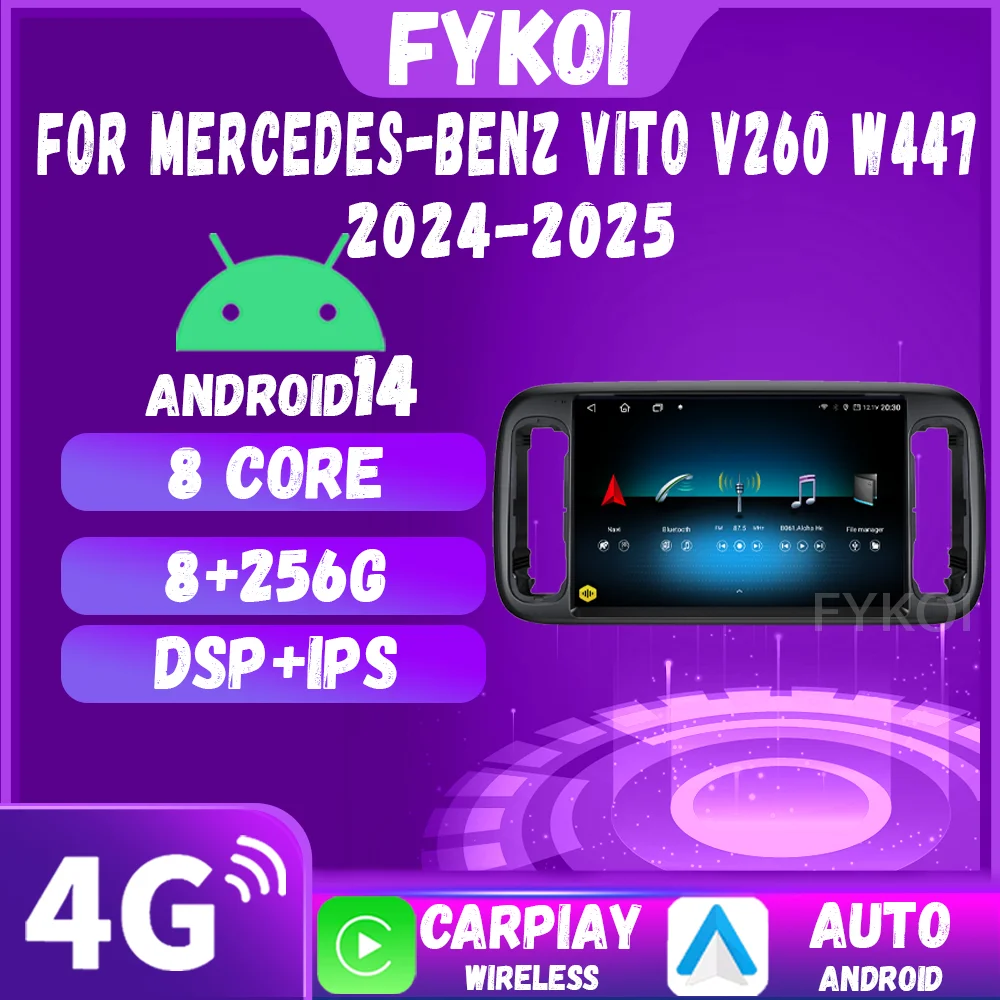
JK 60V 30Ah Lifepo4 40Ah 50Ah 60Ah 70Ah 80Ah 90Ah 100Ah Lithium battery For 1800W 3000W Two-Wheeler Motorcycle Scooter Tricycle
Price: USD 303.95 - USD 633.22Category: Accessories & Parts
Shop now and enjoy exclusive discounts! JK 60V 30Ah Lifepo4 40Ah 50Ah 60Ah 70Ah 80Ah 90Ah 100Ah Lithium battery For 1800W 3000W Two-Wheeler Motorcycle Scooter Tricycle. Experience the quality Accessories & Parts!

10.1 Inch Lte Gps Nfc Explosive Proof Industrial Tablets Touch Screen Pc 4gb Ram 64gb Ssd Android 7.1 Industrial Rugged Tablet
Price: USD 607.07 - USD 632.36Category: Portable Audio & Video
Shop now and enjoy exclusive discounts! 10.1 Inch Lte Gps Nfc Explosive Proof Industrial Tablets Touch Screen Pc 4gb Ram 64gb Ssd Android 7.1 Industrial Rugged Tablet. Experience the quality Portable Audio & Video!

Solid wood TV cabinet, living room home simple modern light luxury high-end TV cabinet against the wall
Price: USD 629.80 - USD 636.16Category: Furniture Accessories
Shop now and enjoy exclusive discounts! Solid wood TV cabinet, living room home simple modern light luxury high-end TV cabinet against the wall. Experience the quality Furniture Accessories!

Wholesale Auto Parts Accessories Electric Tailgate Truck Car Lifting Kit for Sale Automatic Tailgate for
Price: USD 616.73 - USD 635.80Category: Engines & Engine Parts
Shop now and enjoy exclusive discounts! Wholesale Auto Parts Accessories Electric Tailgate Truck Car Lifting Kit for Sale Automatic Tailgate for. Experience the quality Engines & Engine Parts!

VIT-U Truck Parts Fuel Pump 22100-1C190 22100-1C050 for HZJ76 HZJ78 Engine 1HZ
Price: USD 586.81 - USD 637.84Category: Engines & Engine Parts
Shop now and enjoy exclusive discounts! VIT-U Truck Parts Fuel Pump 22100-1C190 22100-1C050 for HZJ76 HZJ78 Engine 1HZ. Experience the quality Engines & Engine Parts!

BR Front Grille For Lexus LX570 TRD Type 12-15
Price: USD 576.77 - USD 633.81Category: Exterior Parts
Shop now and enjoy exclusive discounts! BR Front Grille For Lexus LX570 TRD Type 12-15. Experience the quality Exterior Parts!

Japanese-style wabi sabi French cream wind sitting deep and wide linen fabric sofa Nordic cotton and linen small apartment
Price: USD 632.03 - USD 638.41Category: Furniture Accessories
Shop now and enjoy exclusive discounts! Japanese-style wabi sabi French cream wind sitting deep and wide linen fabric sofa Nordic cotton and linen small apartment. Experience the quality Furniture Accessories!

"13.3"" For Mercedes-Benz Vito V260 W447 2024-2025 Car Intelligent Systems Android 14 Bluetooth GPS Navigation Head Unit WIFI 4G"
Price: USD 379.49 - USD 632.49Category: Car Electronics
Shop now and enjoy exclusive discounts! "13.3"" For Mercedes-Benz Vito V260 W447 2024-2025 Car Intelligent Systems Android 14 Bluetooth GPS Navigation Head Unit WIFI 4G". Experience the quality Car Electronics!
